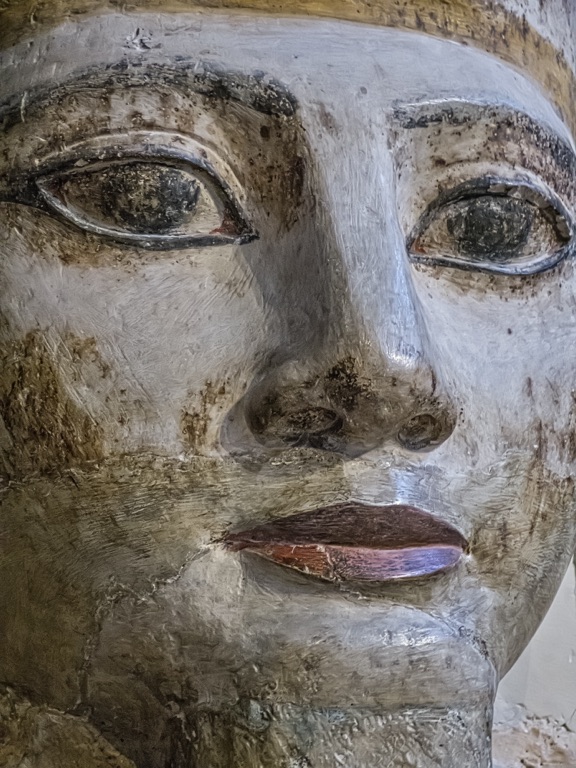Introduction to Ramses II
Overview of Ramses II (Biography)
Ramses II, also known as Ramesses the Great, was one of ancient Egypt‘s most celebrated pharaohs, reigning for an impressive 66 years from 1279 to 1213 BCE. Born into the Nineteenth Dynasty, his rule is marked by significant military, architectural, and cultural achievements that have cemented his legacy as a paramount figure in Egyptian history.
Get your dose of History via Email
Historical Context (Timeline of Ramses II’s life and reign)
Ramses II ascended to the throne in his early twenties, around 1279 BCE, and his reign lasted until his death in 1213 BCE. This period was characterized by stability, prosperity, and expansive construction projects across Egypt. His reign falls within the New Kingdom period, a time of great power and influence for ancient Egypt.
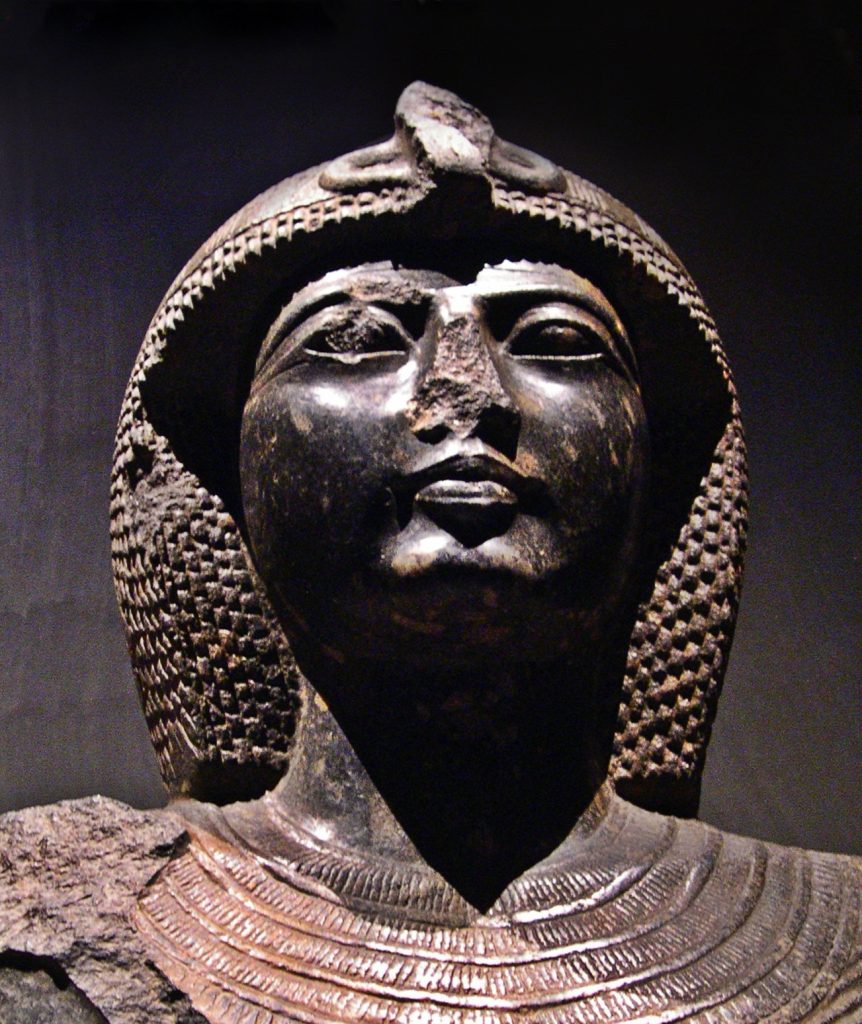
Importance of Ramses II in Egyptian History
Ramses II’s importance in Egyptian history cannot be overstated. His military campaigns expanded Egypt’s borders, while his extensive building projects, including temples, cities, and monuments, showcased the wealth and artistic prowess of his reign. His efforts to immortalize his legacy have left an indelible mark on the cultural and historical landscape of Egypt.
Early Life and Ascension to the Throne
Birth and Family Background
Ramses II was born to Pharaoh Seti I and Queen Tuya. The royal family was part of a lineage that had come to power in the aftermath of the tumultuous Amarna Period, which had seen a temporary shift in religious practices under Akhenaten.
Education and Training for Kingship
From a young age, Ramses was groomed for leadership, receiving education in military tactics, religious practices, and governance. His training was designed to prepare him for the multifaceted role of a pharaoh, which included military leadership, religious authority, and administrative governance.
Ascension to the Throne and Co-regency
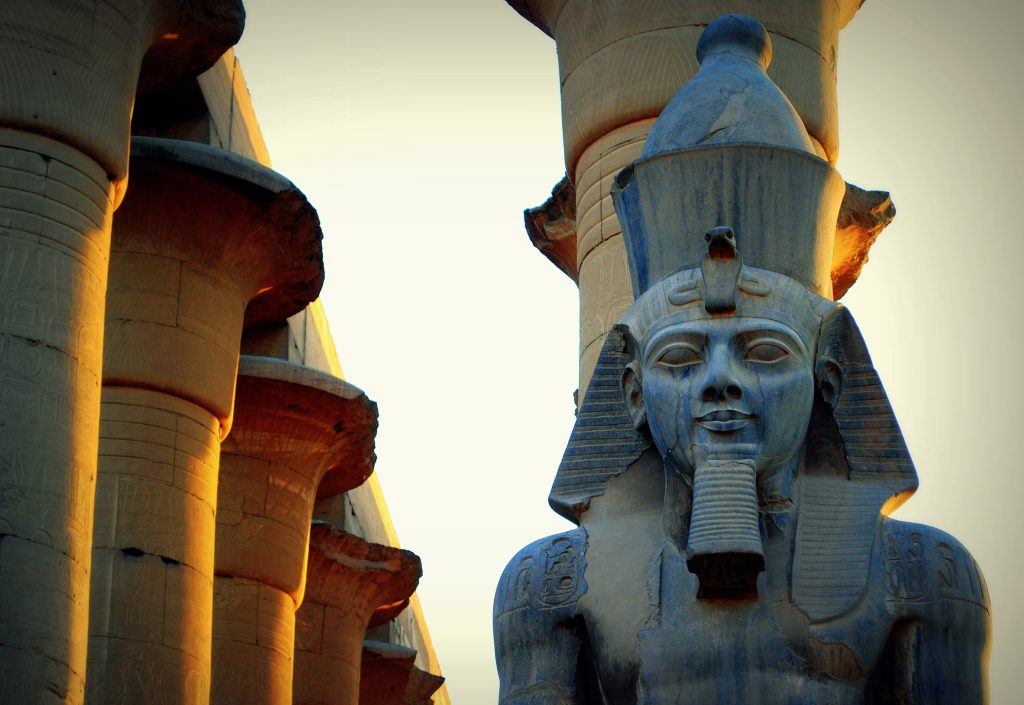
Ramses II’s ascension was marked by a co-regency with his father, Seti I, a common practice intended to ensure a smooth transition of power. This period allowed Ramses II to gain valuable experience and exposure to the responsibilities of kingship before assuming full control.
Military Campaigns
Overview of Military Achievements
Ramses II is perhaps best known for his military campaigns, particularly those aimed at securing Egypt’s borders and expanding its territories. His reign was marked by numerous military expeditions, the most famous being the Battle of Kadesh against the Hittites.
Detailed Analysis of Key Battles (e.g., Battle of Kadesh)
The Battle of Kadesh, fought around 1274 BCE, is one of the most well-documented military engagements in ancient history. Despite its inconclusive outcome, Ramses II celebrated it as a significant victory, commissioning numerous texts and monuments to commemorate the battle.
Ramses II’s Strategy and Tactics
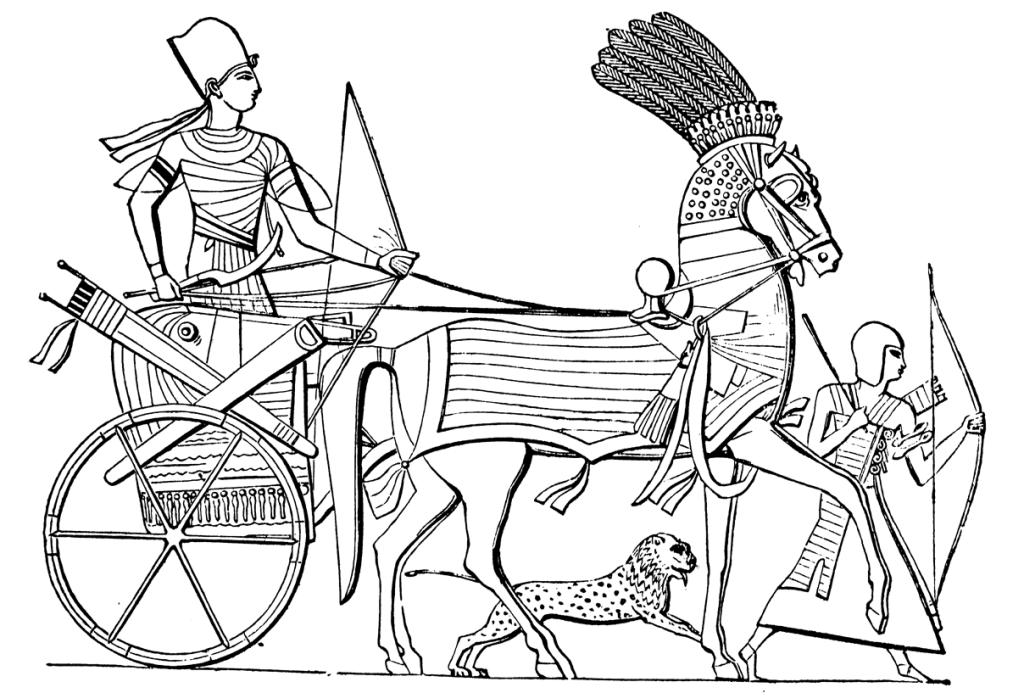
Ramses II’s military strategy was characterized by boldness and innovation. He understood the importance of psychological warfare, propaganda, and the strategic use of chariots in battle. His tactics at Kadesh, including the rapid mobilization of his forces and the use of spies, reflect his adeptness as a military leader.
Impact of Military Campaigns on Egypt’s Borders
Ramses II’s campaigns significantly impacted Egypt’s borders, securing its frontiers against foreign incursions and ensuring the safety and prosperity of the realm. His efforts to fortify Egypt’s borders and establish military outposts were crucial in maintaining Egypt’s power and influence in the region.
Monuments and Construction Projects
Overview of Architectural Contributions
Ramses II’s reign is notable for its monumental architectural achievements. He embarked on an ambitious building program that saw the construction of new temples, cities, and monuments, which were not only acts of piety but also means to glorify his reign.
Detailed Pages on Major Projects:
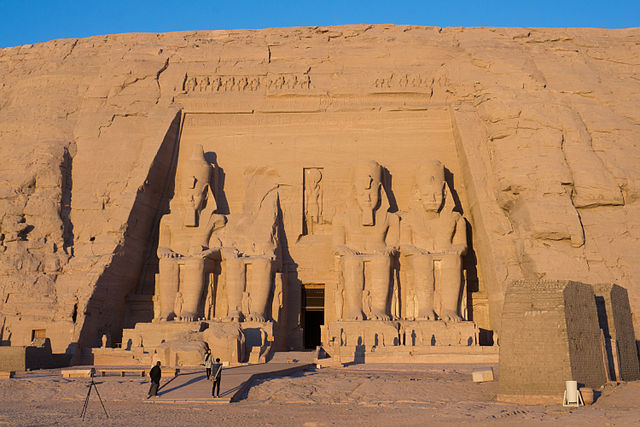
- Abu Simbel: The twin temples of Abu Simbel are among Ramses II’s most famous construction projects. Carved out of a mountainside, these temples are a testament to Ramses II’s devotion to the gods and his desire to immortalize his reign.
- Ramesseum: The Ramesseum, Ramses II’s mortuary temple in Thebes, is a sprawling complex that served as a funerary temple for the king and a place of worship.
- Pi-Ramesses: Pi-Ramesses was the capital city established by Ramses II in the Nile Delta. It served as a political and administrative center, showcasing the wealth and power of Ramses II’s Egypt.
Significance of These Constructions in Ancient Egypt
These constructions were significant not only as architectural achievements but also as cultural and religious symbols. They reflected the wealth, power, and artistic sophistication of Ramses II’s reign and served as centers for worship and administration.
Diplomacy and International Relations
Treaty of Kadesh (First Known Peace Treaty)
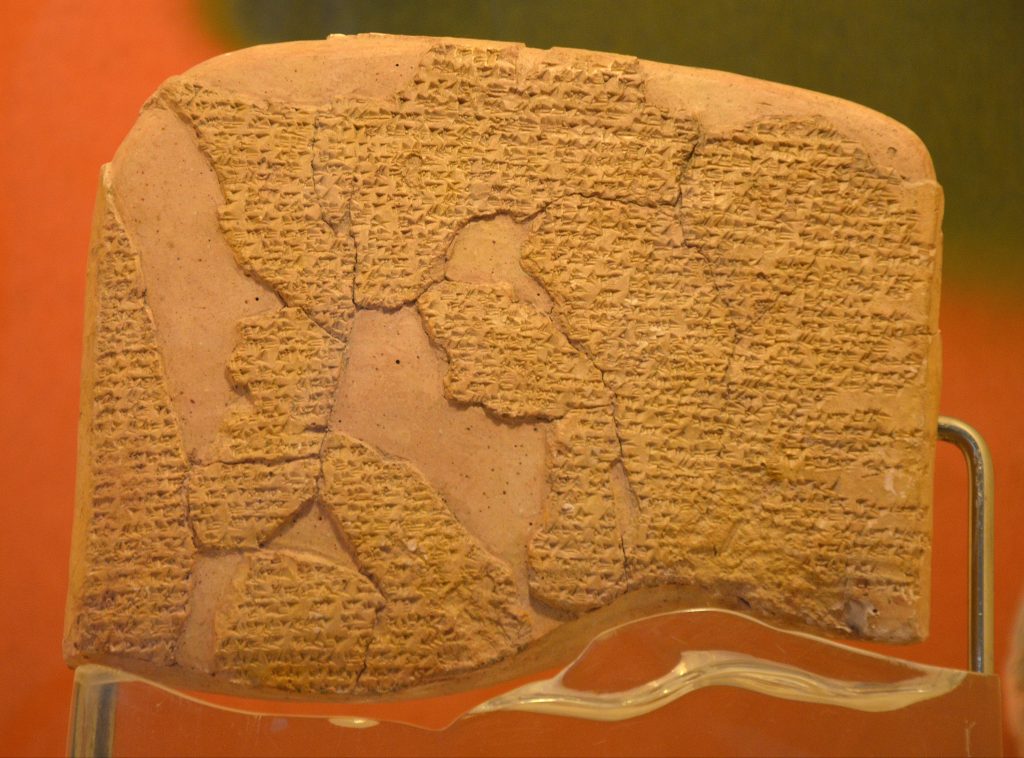
The Treaty of Kadesh, concluded between Ramses II and the Hittite Empire, is notable for being the earliest recorded peace treaty in history. This treaty ended years of conflict and established a boundary between the two empires, ushering in a period of relative peace and stability.
Relations with Neighboring States and Empires
Ramses II’s reign was characterized by active diplomacy and strategic marriage alliances. His diplomatic efforts extended to various neighboring states and empires, including the Nubians, Libyans, and Assyrians, which helped to secure Egypt’s position in the region.
Marriage Alliances
Marriage alliances were a key aspect of Ramses II’s diplomatic strategy. He married several foreign princesses, including Hittite and Babylonian princesses, to strengthen ties with these powerful neighbors and secure Egypt’s geopolitical interests.
Religious Contributions and Beliefs
Role in Egyptian Religion

Ramses II played a significant role in Egyptian religion, not only as a patron of the gods but also as a deity in his own right. He constructed numerous temples and initiated religious festivals, reinforcing the central role of the pharaoh in Egyptian religious life.
Construction of Temples (e.g., Abu Simbel Temples)
The construction of temples, such as the grandiose Abu Simbel temples, underscored Ramses II’s devotion to the gods and his desire to serve as an intermediary between the divine and his people. These temples were centers of worship and played a crucial role in the religious life of ancient Egypt.
Depictions of Ramses II in Religious Contexts
Ramses II was often depicted in religious contexts, participating in rituals and making offerings to the gods. These depictions served to reinforce his divine status and his role as Egypt’s religious leader.
Legacy and Death
Succession and Family
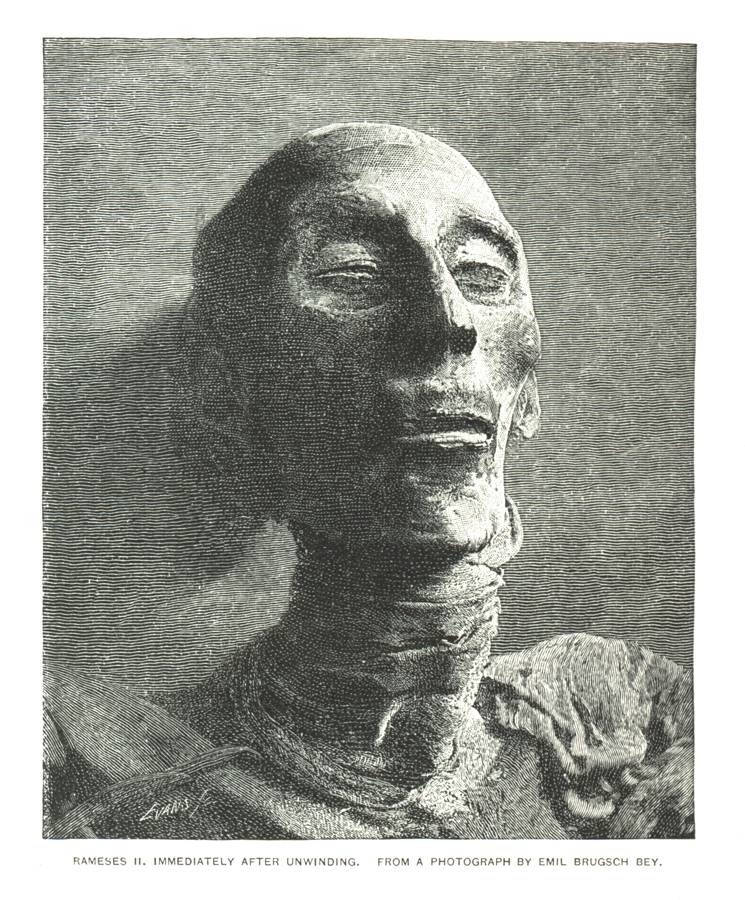
Ramses II’s long reign was followed by a succession of his descendants, who continued his legacy. He fathered over a hundred children with his wives and concubines, ensuring a long line of succession.
Death and Mummification
Ramses II died in his early 90s, an extraordinary age for his time. His body was mummified and placed in a tomb in the Valley of the Kings, although it was later moved to safeguard it from tomb robbers. Today, his mummy resides in the Egyptian Museum in Cairo.
Ramses II’s Legacy in Later Egyptian History and World Culture
Ramses II’s legacy is enduring, not only in the monuments and temples that still stand as a testament to his reign but also in the cultural and historical narratives of Egypt. He is remembered as one of Egypt’s greatest pharaohs, a warrior, builder, and statesman whose impact on Egyptian history and world culture remains profound.

